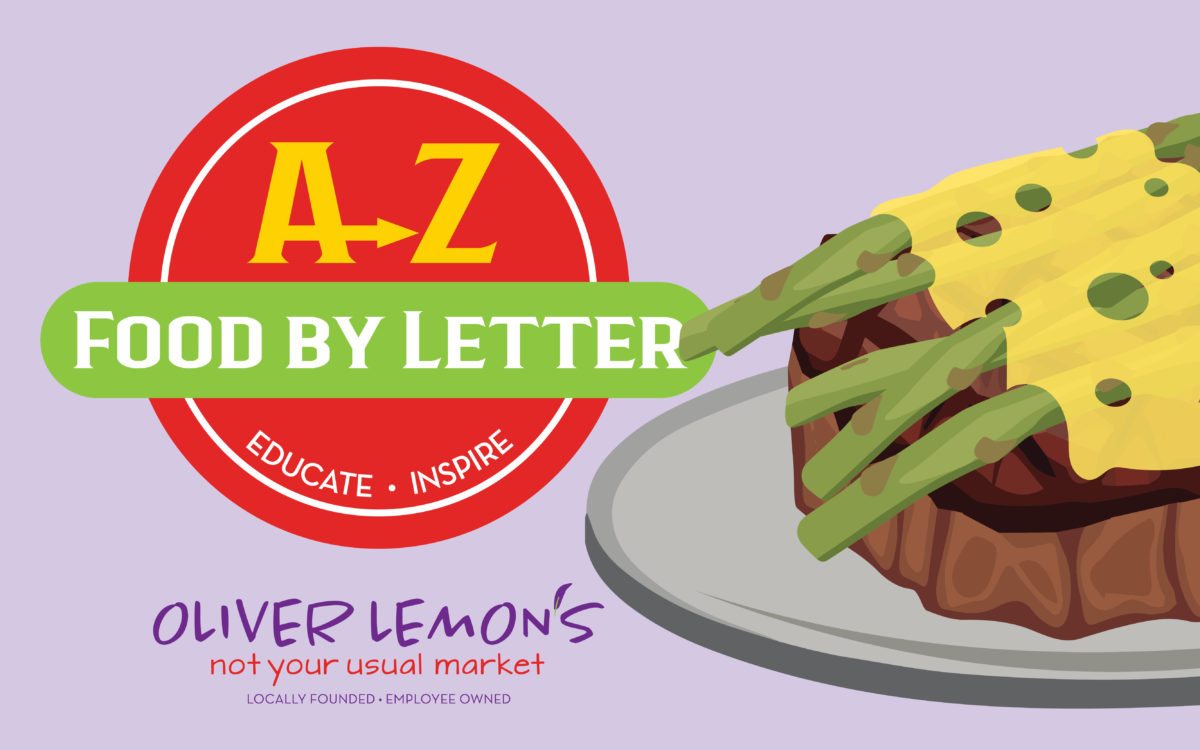Spice up your pasta Rotini with some Ziti! Ziti is a popular tube-shaped pasta, originally named for the word zita, which means bride. Traditionally, ziti is the classic pasta served at weddings as the zita aka bride’s pasta.
In Campania and other southern regions of Italy, these tasty tubes of pasta are traditionally broken by hand, right before cooking. We can’t help but ask...if other smaller forms of pasta are available, why do Italians bother to break it up? Like many traditions, it’s all about history and family.
Ziti is actually an ancient style of pasta, born in the days when there were not so many sizes to choose from and no cooking pots to fit long pasta in! In addition to weddings, ziti was and are also served when celebrating a holiday or family occasion. In the past, it was customary for the women of the family to gather together and perform the ritual of ‘breaking’ the pasta. This tradition still happens today!
Ahhh, the cooking pasta-bilities! Ziti goes well with fresh, light sauces like olive oil or a simple fresh tomato sauce. It’s also a great add-on to baked casserole dishes. Popular casserole dishes that contain ziti are called pasta al forno, or oven-baked pasta. Try your hand at a yummy pasta al forno dish below that’s perfect for the season.
Root Vegetables Pasta Gratin adapted from Share the Pasta
Root veggies are all over this time of year, time to enjoy them! Prepare this dish in advance and bake day-of or prep and cook in one day. Our Root Vegetable Pasta Gratin recipe pairs pasta with warm winter flavors and vegetables for a dish that is as comforting as it is healthy (trust us, it’s pasta-tively amazing).
Ingredients
- 1-1/2 lbs mixed autumn veggies, diced (think butternut squash, parsnips, carrots, rutabaga)
- 2 tsp vegetable oil
- 4 oz ziti
- 2 tbsp butter
- 2 tsp mustard seeds, optional
- 1 tbsp garlic, finely chopped
- 3 tbsp flour
- 2 cups skim milk
- Several grates of nutmeg
- Pinch of cayenne pepper
- 1 tbsp Dijon mustard
- 1 cup Parmigiano Reggiano, grated
- 2 tsp lemon juice
- 2 tbsp breadcrumbs
- 2 tbsp parsley, chopped
Instructions
- Preheat oven to 350ºF. Place the vegetables on a sheet pan and toss with vegetable oil and salt and pepper to taste. Roast until softened but still firm and starting to brown, about 25 minutes.
- Bring a large pot of salted water to a boil. Cook the ziti according to package directions to al dente. Drain and reserve.
- While the vegetables and pasta are cooking, heat a large saucepan over medium-low heat. Add butter, garlic, and mustard seeds, if using, and cook until the garlic is aromatic, 30 seconds. Whisking constantly, stir in the flour taking care the flour doesn’t brown. Continue to cook for 2 minutes. Whisk in the milk. It will thicken as it gets hot. Whisk constantly, any lumps will smooth out. Cook for 5 – 7 minutes, mixture will bubble and thicken and when it no longer changes in consistency, it’s done.
- Stir in nutmeg, cayenne, Dijon and Parmigiano. Fold in the vegetables and pasta.
- Spread into a 9” x 13” pan. Sprinkle with the breadcrumbs. (This can be made ahead to this point and refrigerated or frozen.) Bake for 15 minutes or until heated through. Garnish with parsley.













